
Are you looking for ways to increase your business’s visibility and bring in more customers?
Exploring different marketing techniques can be a powerful tool for achieving these goals, but with so many options available, it can be pretty hard to know where to start.
Marketing is an essential aspect of any successful business. It helps you reach out to your target audience and convince them to buy your products or services.
But with so many marketing techniques to choose from, it can be overwhelming to decide which ones are worth your time and money.

If you’ve ever asked yourself “Which marketing techniques are most likely to pay?” or “Which marketing strategy is most effective?”, you’re not alone.
In this blog, we’ll take a deep dive into the various marketing techniques available to businesses and identify the ones that are most likely to deliver a good return on investment.
We’ll cover both online and offline techniques, as well as traditional and non-traditional methods.
So grab a cup of coffee (or your drink of choice) and get ready to level up your marketing game.
Whether you’re a small business owner, a marketing professional or just curious about the topic, this blog has something for everyone.
Let’s get started!
What are marketing Strategies?

Marketing strategies/techniques are the various methods that businesses use to promote and sell their products or services.
There are many different marketing techniques that are proven to be effective as well. But the best technique will depend on your business type, your target market, and your goals.
Broadly speaking, we can classify the prominent marketing techniques into different categories, such as Online marketing, Offline marketing, and Experiential marketing.
Online marketing techniques:
- Content Marketing: Creating and sharing valuable, relevant content to attract and retain a clearly defined audience.
- Social Media Marketing: Using social media platforms to connect with customers and promote your business.
- Search Engine Optimization (SEO): Improving the visibility of your website in search engine results pages through on-page and off-page tactics.
- Email Marketing: Sending targeted, personalized emails to a list of subscribers in order to promote your products or services.
- Influencer Marketing: Partnering with influencers or industry experts to promote your products or services to their followers or customers.
- Paid Advertising: Using paid media to reach a specific target audience and promote your products or services.
Offline marketing techniques:
- Direct Mail: Sending physical marketing materials, such as brochures or postcards, to a targeted list of customers or prospects.
- Print Advertising: Advertising in print media, such as newspapers, magazines, or billboards.
- Public Relations (PR): Building relationships with journalists and media outlets to earn positive coverage for your business.
- Networking: Building relationships with other businesses and professionals in your industry through in-person events or meetings.
- Trade Shows: Participating in trade shows or exhibitions to promote your products or services to a targeted audience.
- Radio & Television Advertising: Radio and television advertising refers to the use of radio and television as mediums to promote a product or service. This can involve sponsoring a program or airing a commercial that reaches a broad audience through broadcast channels.
Experiential marketing techniques:
- Pop-Up Shops: Creating a temporary storefront or exhibit to showcase your products or services.
- Live Events: Hosting events such as concerts, festivals, or sporting events to promote your brand.
- Interactive Displays: Creating interactive displays or installations that allow customers to engage with your products or services in a meaningful way.
- Virtual Experiences: Creating virtual reality or augmented reality experiences that allow customers to engage with your brand in a virtual environment.
- Product Demonstrations: Showcasing your products by allowing customers to try them out or see them in action.
It’s important for businesses to choose the right marketing techniques based on their goals and target audience.
A business that sells products to young people, for example, might want to focus on social media marketing and experiential marketing, while a business that sells products to an older demographic might want to focus on print advertising and direct mail.
The key is to experiment with different techniques and see what works best for your business.
What are the best Online marketing strategies?

Online marketing techniques are the strategies that businesses use to promote their products or services on the internet.
These techniques are an essential part of any modern marketing strategy, as they allow businesses to reach their target audience where they spend much of their time: on the internet.
✅ Content marketing:
Content marketing is a form of marketing that involves creating and sharing valuable, relevant content to attract and retain a clearly defined audience.
The goal of content marketing is to establish your business as a thought leader in your industry and to build trust and credibility with your target audience.
By providing valuable, informative content that helps your audience solve problems or make decisions, you can build a loyal customer base that is more likely to engage with your content and alternately purchase your products or services.
Content marketing can take many forms, including blog posts, articles, videos, podcasts, infographics, case studies, and more.
It’s important to create content that is aligned with your business goals and resonates with your target audience.
For example, a financial planning firm might use content marketing to create educational blog posts about retirement planning, budgeting, and investing, in order to attract and retain clients who are interested in those topics.
It’s important to track the performance of your content marketing efforts to determine what is most effective and to adjust your strategy as needed.
This can include things like analyzing website traffic and engagement metrics, such as page views, time on page, and bounce rate.
You can also use tools like Google Analytics to see how your content is performing and to get insights into your audience’s demographics and behavior.
Overall, content marketing is a long-term strategy that requires consistent effort and a commitment to producing high-quality content.
By creating valuable and informative content that resonates with your target audience, you can build a loyal customer base and establish your business as an authority in your industry.
✅ Social media marketing:
Social media marketing refers to the use of social media platforms to connect with customers and promote your business.
This can include things like creating a business profile on a platform like Facebook or Instagram, posting updates about your products or services, engaging with customers by responding to comments and messages, and running paid ads on social media platforms.
For example, a clothing company might use social media marketing to share photos of its latest collections, offer special promotions to its followers, and run ads targeting users who have shown an interest in similar products.
✅ Search engine optimization (SEO):
SEO is the practice of improving the visibility of your website in search engine results pages (SERPs) through on-page and off-page tactics.
On-page SEO involves optimizing the content and structure of your website to make it more attractive to search engines, such as by using relevant keywords and providing a good user experience.
Off-page SEO involves building high-quality backlinks to your website from other reputable websites, which can help to increase your website’s visibility and credibility in the eyes of search engines.
For example, a local bakery might use SEO to optimize its website for keywords like “best pastries in [city]” and “homemade bread [city]” to increase its chances of appearing in search results for those terms.
✅ Email marketing:
Email marketing involves sending targeted, personalized emails to a list of subscribers in order to promote your products or services.
This can include newsletters that provide valuable content to your subscribers, promotional emails that highlight special deals or discounts, and automated email campaigns that are triggered by certain actions (such as abandoning a shopping cart).
For example, a wellness company might use email marketing to send a monthly newsletter featuring healthy living tips, as well as promotional emails offering discounts on its products to subscribers who haven’t made a purchase in a while.
✅ Influencer marketing:
Influencer marketing involves partnering with influencers or industry experts to promote your products or services to their followers or customers.
Influencers are people who have a large following on social media or other platforms, and they often have expertise or credibility in a particular niche.
By partnering with influencers, you can leverage their reach and credibility to promote your brand. This can include things like sponsoring a social media post, hosting an event for influencers to attend, or providing products for influencers to review or feature on their platforms.
For example, a beauty company might work with a popular makeup artist on Instagram to create a sponsored post featuring its products.
✅ Paid advertising:
Paid advertising refers to the use of paid media to reach a specific target audience and promote your products or services.
This can include things like search engine advertising (such as Google AdWords), display ads (which appear on websites or apps), and retargeting ads (which are shown to users who have previously visited your website).
Paid advertising can be a quick and effective way to reach a large audience, but it’s important to carefully target your ads to ensure that you are reaching the right people and to track the results of your campaigns to determine their effectiveness.
For example, a home decor company might use paid advertising to target users who have searched for “home decor ideas” or “interior design” on Google, and to show them ads featuring its products when they visit other websites.
Overall, online marketing techniques are an essential part of any business’s marketing strategy. By leveraging the power of the internet, businesses can reach their target audience and grow their customer base exponentially.
What are the best Offline marketing strategies?

Offline marketing techniques are traditional methods of promoting a business that doesn’t involve the use of the internet.
✅ Direct mail:
Direct mail refers to sending physical marketing materials, such as brochures, postcards, or samples, to a targeted list of customers or prospects.
This can be an effective way to reach a specific audience, especially if you have a well-defined target market.
For example, a furniture store might use direct mail to send a brochure featuring its latest collections to homeowners in a specific neighborhood.
✅ Print advertising:
Print advertising refers to advertising in print media, such as newspapers, magazines, or billboards.
This can be a good way to reach a specific audience or to get your message in front of a large number of people.
For example, a car dealership might place an ad in a local newspaper or magazine to promote its latest sales event.
✅ Public relations:
Public relations (PR) involves building relationships with journalists and media outlets to earn positive coverage for your business.
This can include things like press releases, media pitches, and press events.
For example, a restaurant might work with a PR firm to get coverage in local food magazines and newspapers, or to secure a feature on a TV food show.
✅ Networking:
Networking involves building relationships with other businesses and professionals in your industry through in-person events or meetings.
This can be a good way to exchange ideas, share resources, and find new customers or partners.
For example, a small business owner might attend industry conferences or local networking events to meet other business owners and share information about their products or services.
In fact, I have attended multiple offline events and came across some awesome people who are great human beings. We chat, meet, do business collaborations, and much more.
✅ Trade shows:
Trade shows are exhibitions or conferences where businesses in a specific industry showcase their products or services to a targeted audience.
Participating in trade shows can be a good way to promote your business to a large number of potential customers or partners in a short amount of time.
For example, a software company might exhibit at a trade show for technology businesses to demonstrate its latest products and meet potential customers.
✅ Radio and television advertising:
Radio and television advertising are other offline marketing techniques that allow businesses to reach a wider audience through audio and visual media.
These techniques can be expensive, but they can also be highly effective in building brand awareness and driving sales.
It’s important to carefully plan and execute your offline marketing campaigns to ensure that they are effective.
This can include setting specific goals, identifying your target audience, and creating a budget and timeline for your efforts.
It’s also important to track the results of your campaigns to determine what is most effective and to adjust your strategy as needed.
Traditional vs. non-traditional marketing techniques
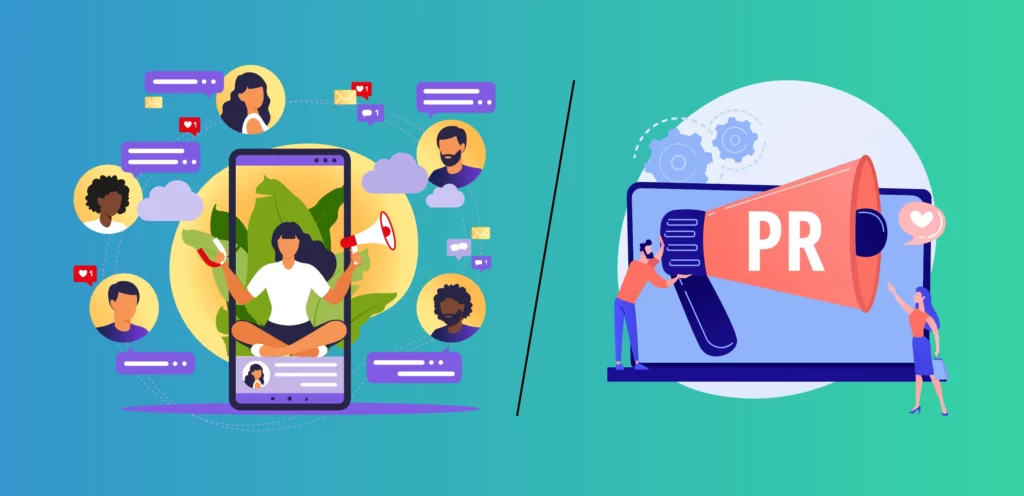
Traditional marketing techniques are the tried-and-true methods that businesses have been using for decades to promote their products or services.
These techniques include tactics like print advertising, direct mail, radio and television advertising, and public relations.
Non-traditional marketing techniques, on the other hand, are newer and often more creative methods of promoting a business.
These techniques include tactics like Content marketing, Social media marketing, Influencer marketing, etc.
These techniques can be highly effective in standing out in a crowded market and building brand awareness.
I would like to mention another type of non-traditional marketing technique and that is Experiential marketing, also known as Engagement marketing.
Some of The Best Experiential Marketing Strategies
Experiential marketing involves creating interactive and immersive experiences for consumers. In a way, it is the hybrid answer to our main question – Which marketing strategies are most likely to pay you?
This type of marketing can be highly effective, as it allows consumers to directly engage with a brand and form a personal connection.
✅ Pop-Up Shops:
Pop-up shops are temporary storefronts or exhibits that are set up for a limited time to showcase a company’s products or services.
Pop-up shops can be a good way to create a buzz around your business and reach a new audience.
For example, a fashion designer might create a pop-up shop in a trendy neighborhood to showcase their latest collections and meet potential customers.
✅ Live Events:
Live events are in-person events such as concerts, festivals, or sporting events that are used to promote a brand.
By sponsoring or participating in live events, businesses can reach a large, engaged audience and create a memorable experience for attendees.
For example, a beverage company might sponsor a music festival and provide branded merchandise or samples to attendees.
✅ Interactive displays:
Interactive displays are installations or exhibits that allow customers to engage with a brand in a meaningful way.
These can be in-store displays, outdoor installations, or virtual experiences.
For example, a technology company might create an interactive display at a trade show that allows visitors to try out its latest products and get a hands-on experience.
✅ Virtual experiences:
Virtual experiences are interactive, immersive experiences that are created using virtual reality (VR) or augmented reality (AR) technology.
Virtual experiences can be a good way to engage with customers in a unique and memorable way.
For example, a travel company might create a VR experience that allows customers to explore a destination before booking a trip.
✅ Product demonstrations:
Product demonstrations involve showcasing your products by allowing customers to try them out or see them in action.
Product demonstrations can be a good way to demonstrate the value and features of your products and to build trust with potential customers.
For example, a kitchen appliance company might host cooking demonstrations at a store or event to showcase its products and offer tips and recipes to attendees.
Experiential marketing is all about creating memorable, immersive experiences that engage customers on a deeper level.
Overall, traditional marketing techniques can be a valuable part of a marketing strategy, but it’s important for businesses to think outside the box and consider non-traditional techniques as well.
By being creative and experimenting with different techniques, businesses can stand out in a crowded market and build their brand.
FAQs
Q1. What is the most effective marketing technique?
The most effective marketing technique can vary depending on the goals and target audience of a business. However, some techniques that are generally considered effective include creating a strong brand identity, using data and analytics to make informed marketing decisions, and creating relevant, high-quality content.
Q2. What are the 4 Ps and 2 C’s of marketing?
The 4 Ps of marketing refer to the four key factors that can influence the success of a marketing campaign: Product, Price, Promotion, and Place. The 2 C’s of marketing refer to the Customer and the Competition.
Q3. What is the best marketing strategy for a small business?
Some marketing strategies that can be effective for small businesses include focusing on a specific niche or target audience, building relationships with customers, leveraging social media and other online platforms, and using local or community-based marketing efforts.
Conclusion – Which Marketing Strategy is Most Effective?
In conclusion, marketing techniques are the various methods that businesses use to promote and sell their products or services. These techniques can be classified into different categories, such as online marketing, offline marketing, and experiential marketing.
Online marketing techniques, like search engine optimization (SEO), social media marketing, email marketing, and pay-per-click (PPC) advertising, allow businesses to reach their target audience through the internet and digital channels.
Offline marketing techniques, like print advertising, direct mail, radio and television advertising, and public relations, allow businesses to reach their target audience through traditional channels.
Non-traditional marketing techniques, like experiential marketing, guerrilla marketing, and influencer marketing, allow businesses to be creative and think outside the box in order to stand out in a crowded market.
Traditional marketing techniques can also be valuable, but it’s important for businesses to consider a mix of both traditional and non-traditional techniques in order to build a well-rounded marketing strategy.
Ultimately, the most likely-to-pay marketing techniques will vary depending on the unique needs of your business and its target audience.
It’s important for businesses to experiment with different techniques and see what works best for them.
By staying up-to-date on the latest marketing trends and being willing to try new things, businesses can continually improve their marketing efforts and increase their chances of success.

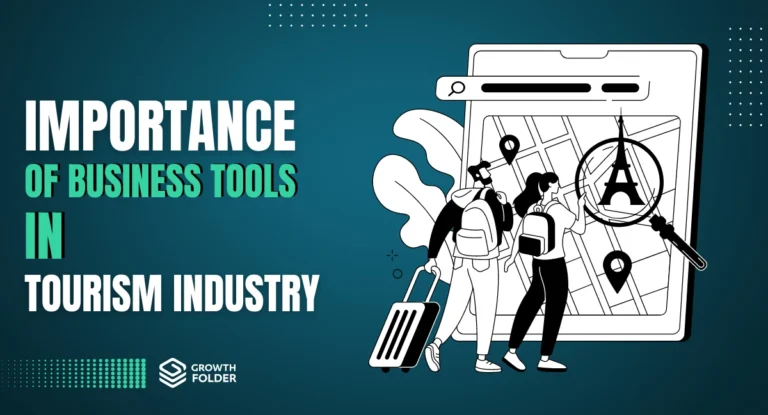

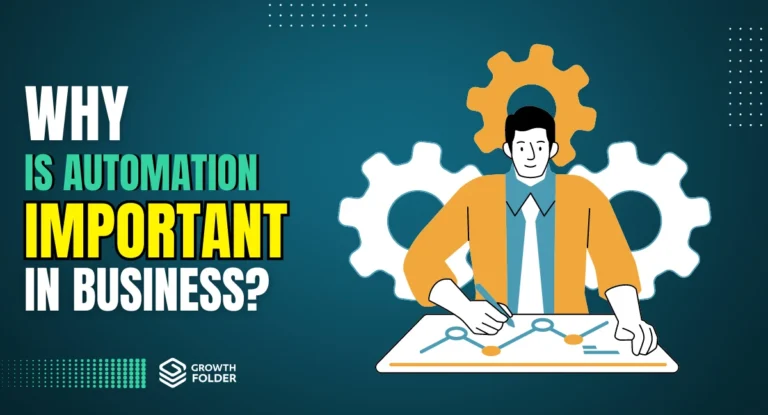
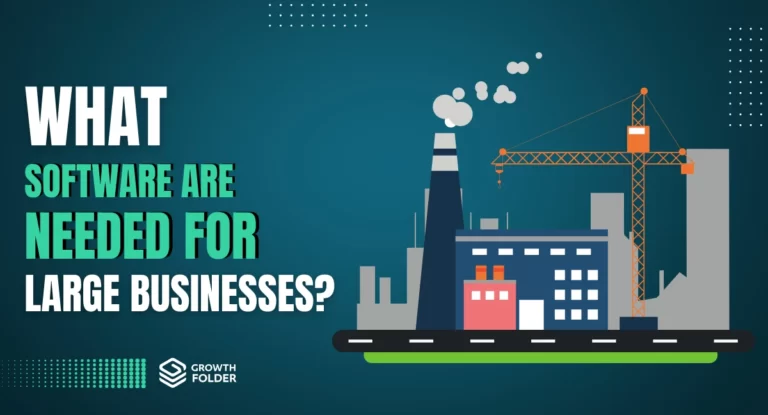

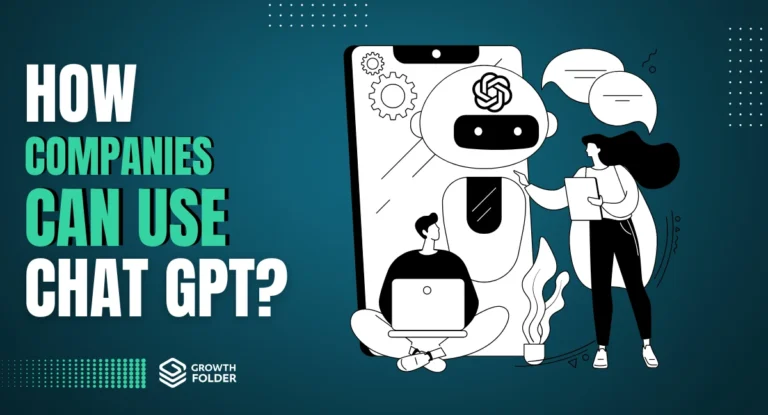
Excellent post!